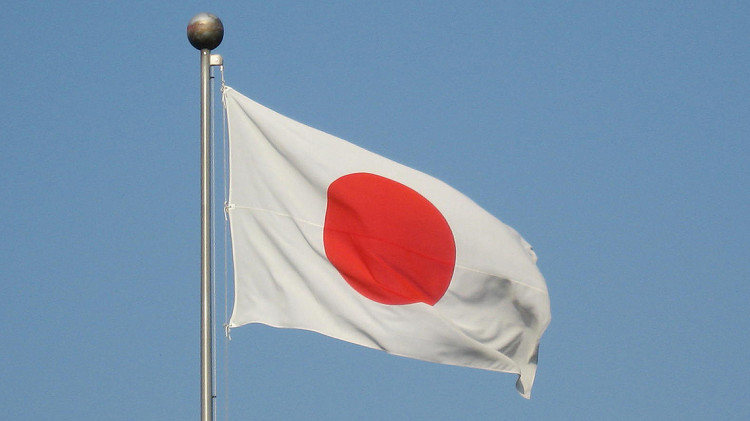Source: https://www.iaea.org/newscenter/pressreleases/iaea-confirms-tritium-level-far-below-japans-operational-limit-in-second-batch-of-alps-treated-water-released-today
The tritium concentration in the second batch of diluted ALPS treated water, which Japan’s Tokyo Electric Power Company (TEPCO) started discharging today, is far below the country’s operational limit, International Atomic Energy Agency (IAEA) experts present at the site confirmed.
Japan started discharging the first batch of ALPS treated water from the Fukushima Daiichi Nuclear Power Station (FDNPS) on 24 August. It is released in batches and TEPCO began the process to discharge the second batch today.
Just as they did before the discharge of the first batch, IAEA experts stationed at the IAEA Fukushima NPS Office took samples from the second batch of diluted water on 3 October, after it was prepared for discharge. The IAEA’s independent on-site analysis confirmed – as it also did for the first batch - that the tritium concentration in the diluted water that is being discharged is far below the operational limit of 1,500 becquerels per litre.
The IAEA has committed to decades of independent monitoring and assessment at the site and at sea as Japan carries out the water discharge.
All future reports on independent sampling, data corroboration, and analysis activities will be available on the IAEA website.
